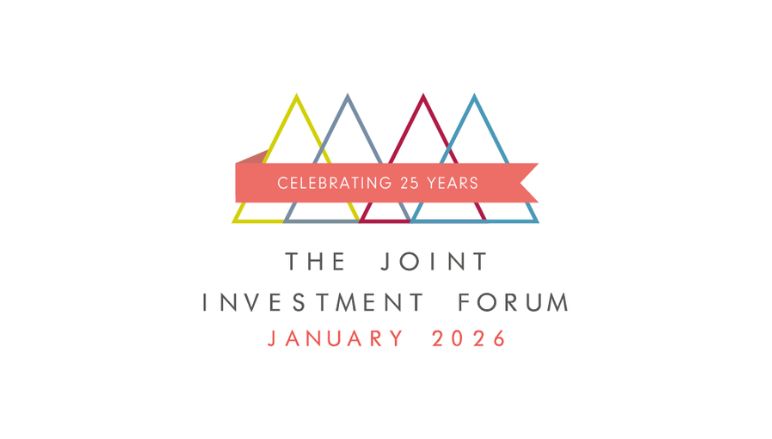HUB EXCLUSIVES PANEL DISCUSSION
Panel discussion, hosted by Cherry Reynard, with:
Mike Riddell, Portfolio Manager, Strategic Bond Fund, Fidelity Investments
Robert Baltzer, Head of Credit Research and Co-manager of the Strategic Bond Strategy, Baillie Gifford
It has been a tumultuous year in bond markets. Eccentric economic policy in the US has rattled the ‘safe haven’ status of US treasuries, while high debt burdens across developed markets have created volatility. Investors have started to recalibrate the risk between emerging and developed markets, while credit spreads have hit all time lows. It is a complex moment to be a strategic bond investor.
From the relative risks of sovereign versus corporate bonds, or emerging versus developed markets, or the safe haven status of treasuries, some of the key assumptions that have underpinned the bond markets in recent years are being challenged. Flexibility has been a necessity at a time when a broad-brush allocation to bond markets hasn’t worked very well.
Mike Riddell, manager on the Fidelity Strategic Bond fund, outlines the swings and roundabouts of 2025: “We’ve gone from peak US exceptionalism, all the money was going there. Then we had liberation day and all the volatility around that, and then the last few months have been about the good old days where global macro data is driving markets again. The US labour market has been taking the attention, and how it will affect interest rates. The market is now pricing many more cuts.”
Credit spreads have narrowed a great deal and reward for risk has fallen to pretty low levels, says Robert Baltzer, co-manager on the Baillie Gifford Strategic Bond fund. “The shock of liberation day has been quickly put behind us and the strong momentum that was in credit markets beforehand has resumed. All-in yields remain relatively high as a result of high underlying government bond yields. A lot of investors have become more comfortable with corporate bonds over government bonds, possibly because of the concerns over sovereign creditworthiness.”
Agile positioning
This environment has meant they have had to be agile. Riddell says he has been moving his fund around, responding to new information and events as they have emerged. “Back in June, we had a market that was not pricing in enough rate cuts. We were very long duration in our benchmark. We had nine years duration through May and June, so we were positioned to make money as government bond yields fell and the market priced in further rate cuts. Then we had some pretty terrible labour releases out of the US. So terrible that Donald Trump fired the head of the statistics agency. Now we’ve gone the other way. There are too many rate cuts priced in.”
He says that forward indicators of the US economy suggest that it is likely to be stronger than expected, and the four or five rate cuts priced into the market appear unrealistic. “I’ve gone from being bullish of treasuries and government bonds generally to being much more worried. We’re only seeing higher inflation numbers and market pricing in more rate cuts. It doesn’t make me very confident on government bonds, or, in fact, anything. Risk assets are assuming that the Fed’s going to slash rates and that could be a catalyst for more volatility ahead.”
Baltzer says careful stock selection is vitally important to navigate credit market valuations that leave little room for error: “Lots of issuers in the credit markets have really good fundamental health. The positive growth picture is to the benefit of most companies. The market is actually pricing risk quite efficiently. There are a few challenged companies that are not in that expensive pack and are in a totally different pricing environment. If a company disappoints, you can see a quick, sharp move down in bond prices. Stock selection is key.“
There are signs of cracks, he says, but only in private credit. The problems over First Brands have hit UBS, for example. “Who knows whether that is the start of a wave to come. Realised losses have been pretty low so far, but the extent of growth there has been very notable,” he says.
Changing fundamentals
There are some factors that have fundamentally changed in bond markets since the start of the year. The first is the ‘safe haven’ status of treasuries. Ridell is swerving treasuries in his portfolio, believing the strengths no longer outweigh the risks. In this, the recent attacks on Federal Reserve independence are important: “If politicians are successful in forcing the fed to cut when they shouldn’t cut, the result is going to be an overheating of the US economy. Growth will be too hot. Inflation, which is already picking up, is likely to pick up even more. If the Federal Reserve loses credibility, that’s bad news for the Dollar, even in an environment where growth is strong.
“This has been a theme for us. We’re running bearish Dollar positions. We are worried about treasuries for every reason – there is lots of supply, inflation is picking up, growth is strong or for credibility reasons.”
Also worth noting is the growing convergence between emerging and developed market risk. Emerging markets are generally following more orthodox monetary and fiscal policy, while developed markets are weighed down with debt. Emerging market currencies have already seen some strong returns this year on the back of the weaker Dollar and Riddell believes there may be further to go: “This is particularly true in Latin America, where valuations are the same as in 2002 with the debt crisis. The Brazilian Real is at the same levels as 2002 when there is no crisis. It’s doing well. We think it’s got further to go. We love emerging market currencies in our fund and really like emerging market local currency bonds.”
This is also an important factor for Baltzer in credit markets: “We’re seeing more orthodoxy in emerging markets and less in developed markets. As developed market credit investors, we’re trying to stay open-minded and look at examples from emerging markets to inform what might happen in the future. That’s not just about fiscal and monetary policy, but state-directed investment subsidies, market interventions, tariffs… For us, we’re making sure we’re alive to a range of different possibilities and what competition might look like.”
These are interesting times for strategic bond investors, as conventional bond market wisdom is upended and they need to adjust to new realities. Flexibility has been a friend for bond investors in this environment.


















